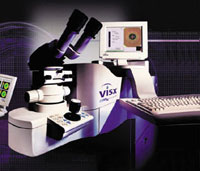If You Have Been Considering Refractive Surgery, Advanced Surface Ablation Is A Safe And Effective Option.
Advanced Surface Ablation is a laser vision correction technique also known as PRK (photorefractive keratectomy). Similar to LASIK laser vision correction, the advanced surface ablation procedure utilizes an excimer laser to reshape the cornea.
It is used to correct nearsightedness, farsightedness, and astigmatism, and does not require the use of a blade (microkeratome) to create the corneal flap.

With advanced surface ablation, the epithelium (or outer skin of the cornea) is removed by the excimer laser, the same laser used to correct your vision during the procedure.
In LASIK, Epi-LASIK, and LASEK a blade or laser of some form is used to create a corneal flap prior to the vision being corrected by the excimer laser.
Once the laser treatment is performed, the cornea is cooled to reduce discomfort and a bandage contact lens is applied to the eye and will be left in place for several days.
Advanced surface ablation has a somewhat longer healing period than LASIK, and certain patients may experience slight discomfort after surgery.
Topical antibiotic and anti-inflammatory eye drops will be given to reduce this discomfort. While LASIK patients often report clear, improved vision by the day after surgery, it may be a few days before vision stabilizes after advanced surface ablation.
The cornea’s epithelial layer re-grows and heals during this time. The thicker corneal flap created in LASIK is not made in advanced surface ablation, so if there is a concern about potential flap complications, this is an option rather than traditional LASIK.
If you have been told that your corneas are too thin for LASIK Surgery, advanced surface ablation may an option for you to get the clear vision you desire.
Are you interested in learning more? Click here to set up your risk-free screening and see if you are a candidate for laser vision correction in Las Vegas.

